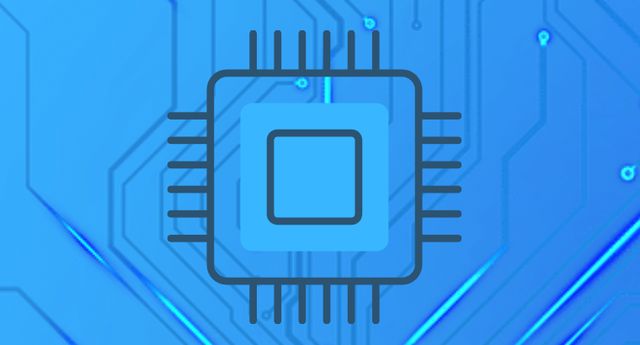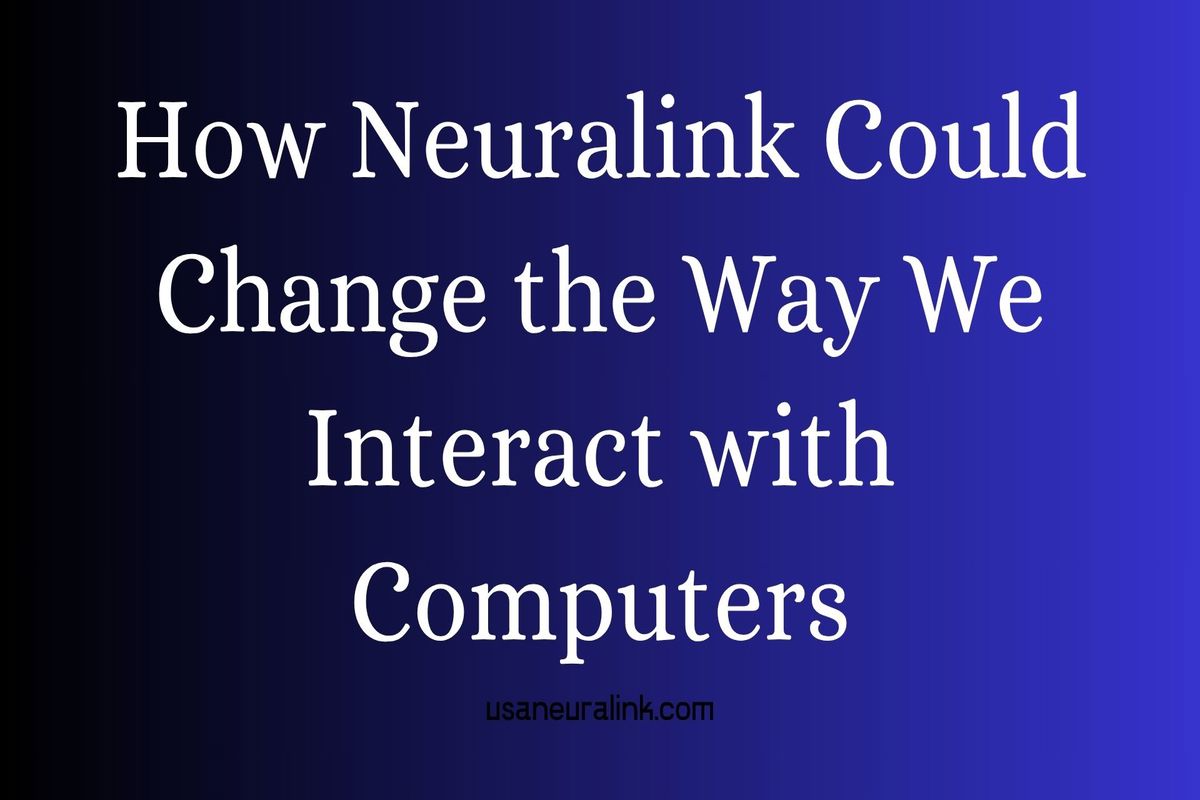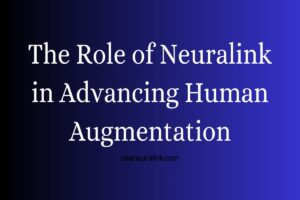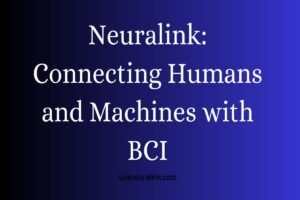How Neuralink Aims to Address Paralysis Challenges
Imagine waking up one day and realizing you can’t move your arms or legs. Your mind is sharp, your thoughts are racing, but your body refuses to listen. For millions of people living with paralysis—whether from spinal cord injuries, ALS, or other neurological conditions—this isn’t just a thought experiment; it’s their everyday reality. The frustration, the longing for independence, the quiet hope for a breakthrough—it’s a heavy burden to carry. But what if technology could step in where biology has faltered? That’s the promise Neuralink, a pioneering neurotechnology company, is working tirelessly to deliver. In this blog, we’ll dive into how Neuralink aims to tackle the challenges of paralysis, offering not just hope but a tangible path toward reclaiming autonomy.
The Human Cost of Paralysis
Before we get into the tech, let’s talk about the people. Paralysis doesn’t just take away movement—it reshapes lives. According to the Christopher & Dana Reeve Foundation, nearly 5.4 million people in the U.S. alone live with some form of paralysis. That’s 5.4 million stories of resilience, loss, and adaptation. For someone like Noland Arbaugh, Neuralink’s first human participant, a diving accident eight years ago left him paralyzed from the shoulders down. Tasks as simple as texting a friend or playing a game became distant memories—until Neuralink entered the picture.
The challenges go beyond mobility. Paralysis often steals the ability to communicate freely, control devices, or even express emotions through movement. It’s isolating, and for many, it’s a constant reminder of what’s been lost. Traditional solutions like wheelchairs or voice-activated systems help, but they’re limited. They don’t bridge the gap between the mind and the body. That’s where Neuralink steps in, aiming to rewrite the rules of what’s possible.

Neuralink’s Big Idea: A Bridge Between Brain and Machine
At its core, Neuralink is about connection—specifically, connecting the human brain to the digital world. Founded by Elon Musk and a team of brilliant minds in 2016, the company is developing a brain-computer interface (BCI) called “the Link.” Think of it as a tiny, coin-sized device that sits under your skull, listening to your brain’s signals and translating them into action. It’s not magic—it’s science, grounded in decades of research, but pushed to new frontiers.
Here’s how it works in simple terms: Your brain is a bustling network of neurons firing electrical signals to control everything you do—walking, talking, even daydreaming. When paralysis disrupts those signals, the body can’t respond. Neuralink’s implant uses ultra-thin threads, studded with electrodes, to “eavesdrop” on those neuronal conversations. These threads are surgically placed into the brain’s motor cortex—the area responsible for movement—by a precision robotic surgeon called the R1. Once in place, the implant captures your intentions (say, “move my hand”) and sends them wirelessly to a device like a computer or prosthetic limb. No wires, no fuss—just thought turned into action.
Targeting Paralysis: The PRIME Study
Neuralink’s mission isn’t just theoretical—it’s already in motion. In 2023, the FDA gave the green light for human trials, and by early 2024, the first implants were underway as part of the PRIME Study (Precise Robotically Implanted Brain-Computer Interface). The goal? To test the safety and effectiveness of the N1 implant in people with severe paralysis, like those with quadriplegia from spinal cord injuries or ALS.
Take Noland Arbaugh’s story. After his implant in January 2024, he described the moment he moved a computer cursor just by thinking about it: “It became intuitive… I’d stare at the screen, and it’d go where I wanted.” For someone who hadn’t controlled a device independently in years, that’s monumental. Then there’s Alex, the second patient, who used the implant to play Counter-Strike 2, seamlessly controlling both a mouse and keyboard with his mind. And Brad, a third participant, whose story we’re just beginning to hear. These aren’t sci-fi fantasies—they’re real people rediscovering pieces of their lives.
The PRIME Study isn’t about flashy demos, though. It’s a rigorous process to ensure the tech is safe and reliable. Neuralink is tweaking everything from electrode placement to signal processing, learning from each patient to refine the system. The early results are promising: the implants are working, patients are adapting, and the potential is growing.
Overcoming the Challenges of Paralysis
So, how exactly does Neuralink address the unique hurdles of paralysis? Let’s break it down.
- Restoring Communication
For many with paralysis, losing the ability to speak or type is as devastating as losing movement. Neuralink’s implant lets users control virtual keyboards or communication devices with their thoughts. Imagine typing a message to a loved one without lifting a finger—Noland’s already doing it. This could be a game-changer for those locked in by conditions like ALS, giving them a voice again. - Regaining Control of the Body
The holy grail for paralysis treatment is restoring physical movement. Neuralink’s vision is bold: bypass damaged spinal cords by sending brain signals directly to muscles or prosthetics. Picture a second implant below a spinal injury, picking up signals from the brain implant and triggering leg muscles to move. It’s not here yet—current trials focus on digital control—but it’s the long-term dream. For now, controlling robotic limbs or exoskeletons is a realistic next step. - Enhancing Independence
Everyday tasks—turning on lights, adjusting a thermostat, playing music—become Herculean without help. Neuralink aims to integrate with smart devices, letting users command their environment mentally. It’s about dignity as much as function, reducing reliance on caregivers and reclaiming personal agency. - Adapting to the Brain’s Complexity
Every brain is unique, and paralysis varies wildly in its causes and effects. Neuralink’s tech is designed to learn and adapt, using algorithms to fine-tune how it interprets signals. When Noland’s implant faced a glitch with retracting threads, the team adjusted the system remotely, boosting his performance beyond its original level. That flexibility is key to tackling such a diverse challenge.
The Road Ahead: Hopes and Hurdles
Neuralink’s progress is inspiring, but it’s not without obstacles. The brain is a tricky place—salty, wet, and prone to rejecting foreign objects. Ensuring the implant lasts years without corrosion or inflammation is a big ask. Then there’s the surgery: while the R1 robot makes it precise, it’s still invasive. Musk dreams of a future where it’s as routine as LASIK, but we’re not there yet. Safety remains priority one—past animal trials raised concerns about complications, and human trials are under intense scrutiny to avoid repeats.
Ethically, there’s plenty to chew on. Who gets access first? How do we protect privacy when a device reads your thoughts? And what about cost—will this be a luxury or a lifeline? Neuralink’s team knows these questions matter, and they’re working to address them as the tech evolves.
Still, the hope is palpable. In 2025, Neuralink plans to implant 20 to 30 more patients, scaling up the PRIME Study and exploring new applications. Beyond paralysis, they’re eyeing conditions like blindness and depression, but movement remains the cornerstone. Each success story—Noland, Alex, Brad—builds momentum, showing what’s possible when human ingenuity meets human need.
A Human Story, Not Just a Tech Tale
Neuralink isn’t just about wires and code—it’s about people like you and me, or someone we love, getting a second chance. It’s Noland grinning as he plays chess again, Alex rediscovering gaming, and Brad finding new ways to connect with the world. It’s the quiet thrill of a parent imagining their child walking someday, or a spouse picturing a conversation without barriers.
The road to solving paralysis is long, and Neuralink isn’t claiming victory yet. But they’re lighting a path—one electrode, one patient, one breakthrough at a time. For those who’ve waited in silence, that’s more than a promise; it’s a lifeline. And as this technology grows, it’s a reminder that even in our most fragile moments, human spirit and innovation can team up to do extraordinary things.
What do you think—could Neuralink change the future for millions? Let us know in the comments, and stay tuned for more updates on this incredible journey.
Share this content:






















Post Comment